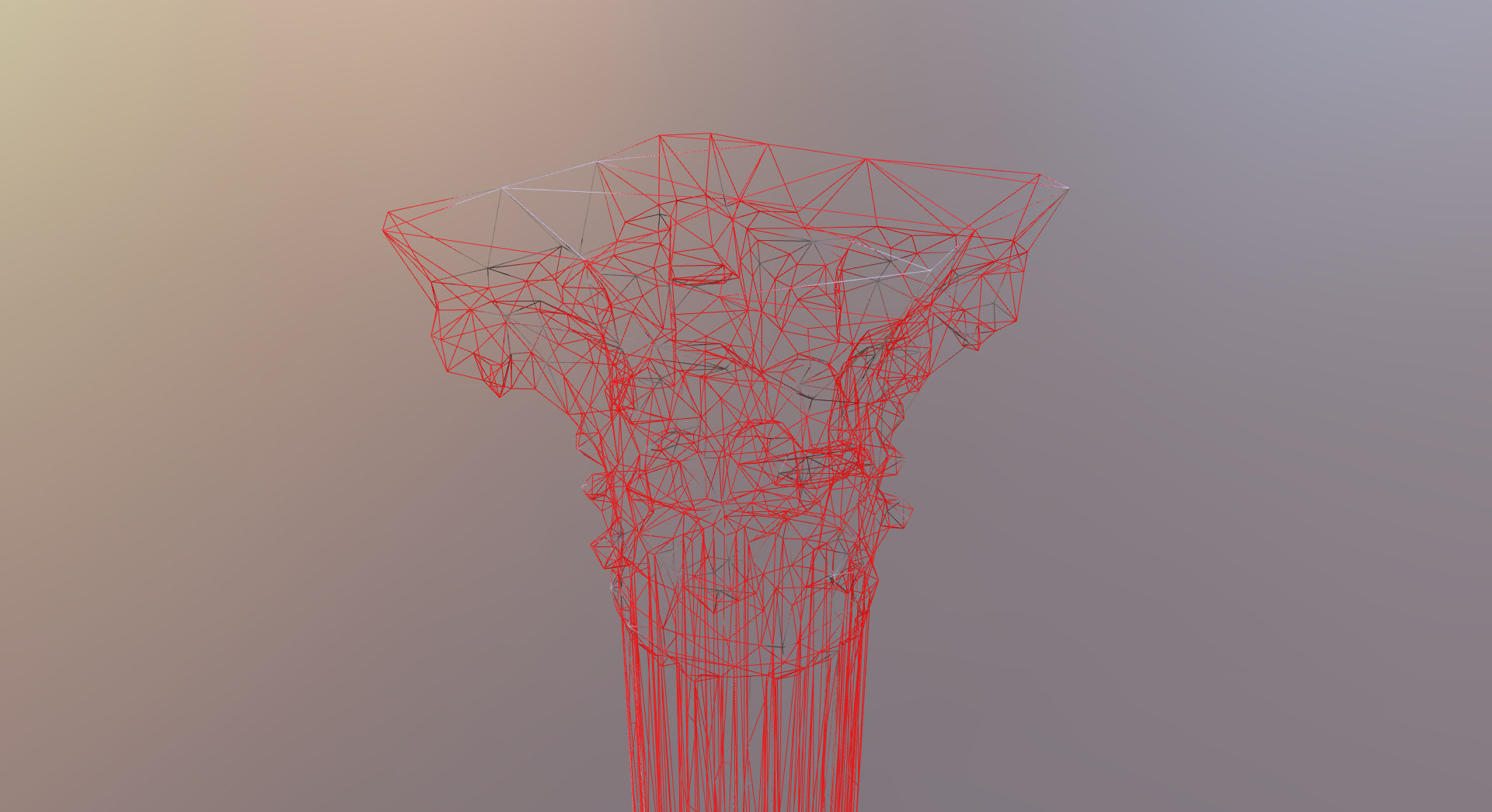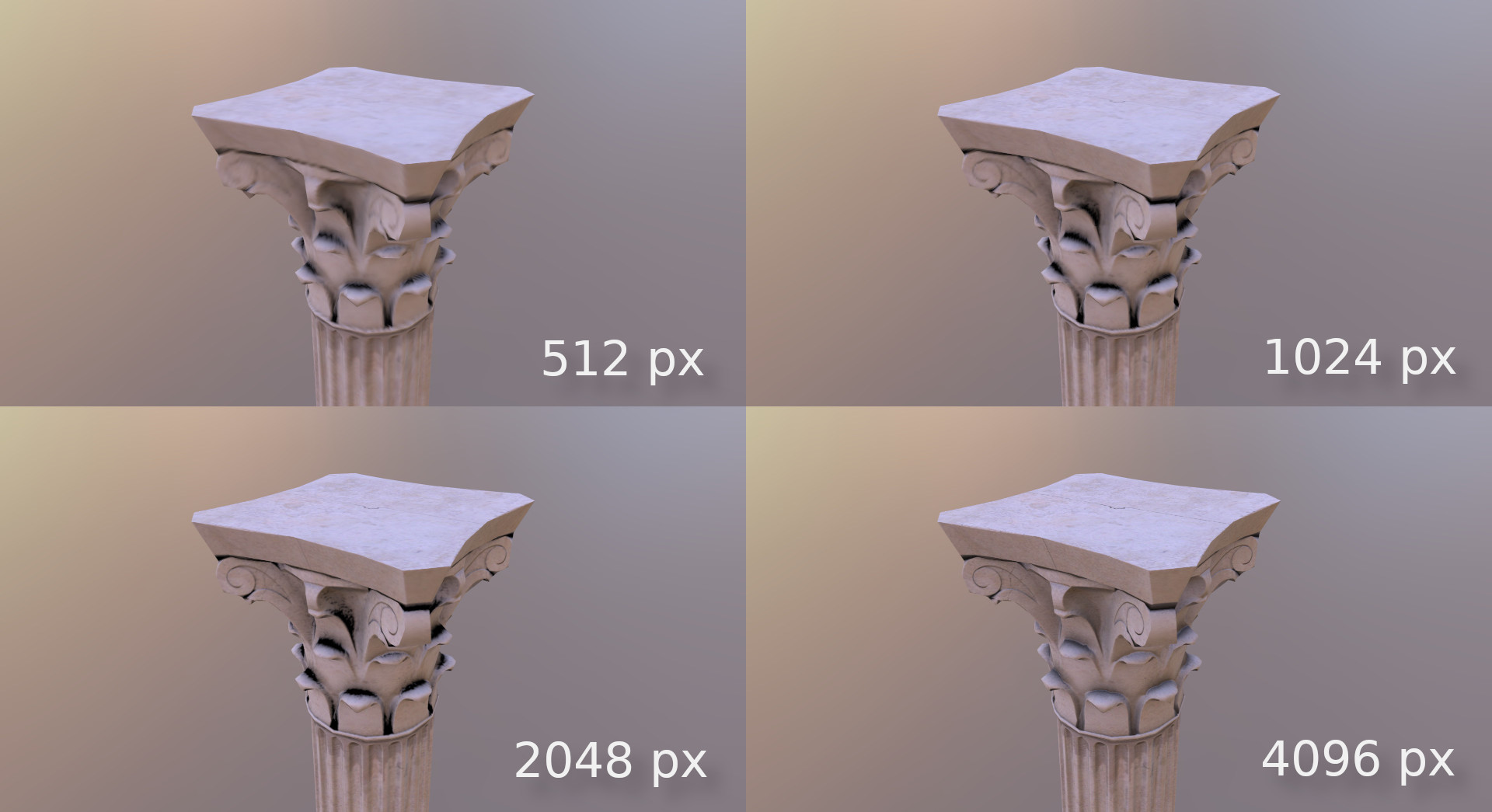Foro Caesaraugusta LowPoly
By José Miguel Aragüés Dufol
2021-10-04
VR and AR developments to experience the story in a more vivid and engaging way.
Technology has revolutionized the way we can access historical and cultural heritage. Instead of simply reading about places and objects, we can now see and experience them in a completely new way, thanks to interactive 3D content.
Interactive 3D content is a powerful tool for communication around historical and cultural heritage. Virtual reality (VR) and augmented reality (AR) developments allow visitors to archaeological and historical sites to interact with history in an immersive and engaging way.
This virtualization of heritage can be accessed through web applications (webapps) and mobile applications, without the need for specific equipment, thus reaching a wider audience. In addition, the generation of these 3D contents will help to preserve heritage, as they are accurate digital records of historical sites and objects.
Virtualization of the Roman Forum of Caesaraugusta
Interactive 3D content has a significant impact on the communication and enhancement of historical and cultural heritage around the world, and the ancient roman Forum of Caesaraugusta in Saragossa, Spain, is an excellent example of this.
The ancient roman Forum of Caesaraugusta is an archaeological complex from Roman times located in the heart of Zaragoza. With the help of technology visitors can explore this place in a whole new way.
The forum's augmented reality mobile application, which is being developed by VÓRTICE, will allow users to experience the history in an immersive and engaging way, at their own pace, as if they had traveled back in time. And all this from your own smartphone or tablet.
Experts in 3D contents development
In order to materialize a memorable experience, from VÓRTICE we have carried out an arduous work of adapting the 3D models of the forum to low polygonization (lowpoly). This is a technique used to create models that have a lower number of polygons in its structure, so that being lighter and easier to load on mobile devices and browsers, they can be displayed through websites and apps.
In addition to low polygonization, another important aspect in the creation of 3D models for interactive content is the use of appropriate materials. PBR (Physically-Based Rendering) materials enable photorealistic 3D models, which significantly improves the visual quality of the entire virtual experience.


By combining the low-poly technique with the use of PBR materials, a perfect balance between efficiency and quality can be achieved in the creation of interactive 3D content. Low poly 3D models are lighter and easier to load, while PBR materials ensure impressive visual quality.